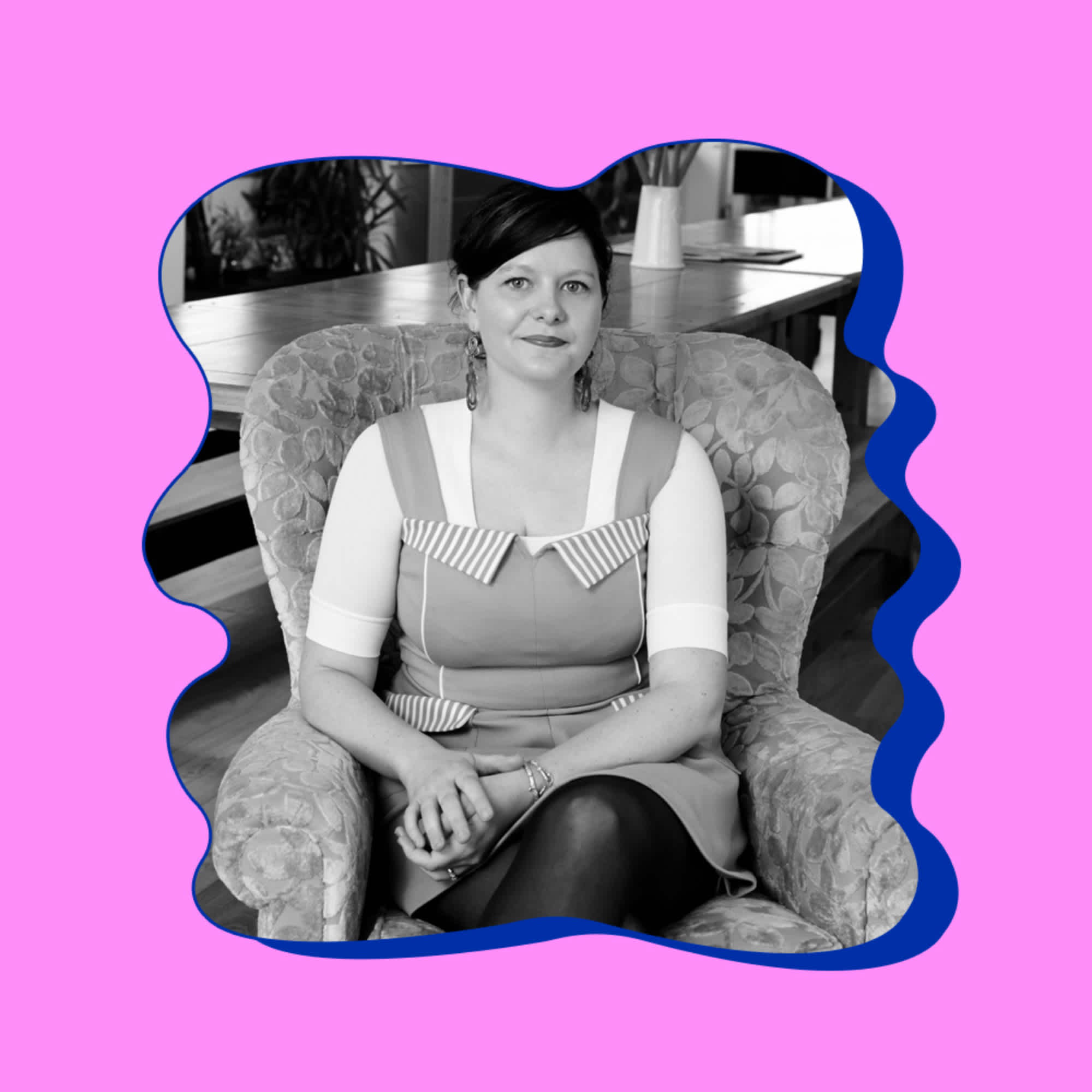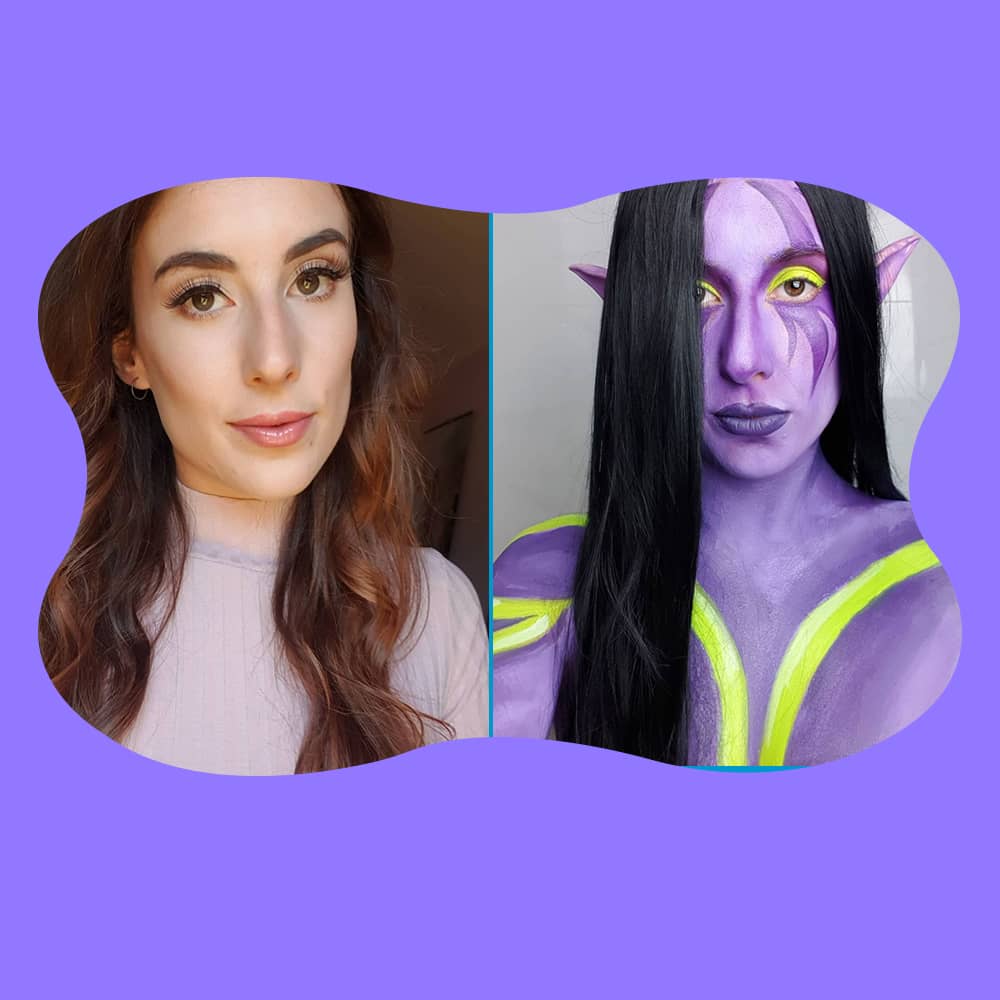
- POPSUGAR Australia
- Gaming
- Meet the Female Innovator Who’s Inspiring Young Women to Get into Game Design
Meet the Female Innovator Who’s Inspiring Young Women to Get into Game Design

Siobhan Reddy describes her job as “herding cats”. In reality, she’s the studio director of Media Molecule, a game development studio that specialises in “creative gaming”. They make games that let you make games, giving you the tools to create your own levels, characters and worlds — without having to know how to code. LittleBigPlanet was Media Molecule’s first game, and they followed it up most recently with Dreams on the PlayStation 4.
Dreams feels like the apex of Media Molecule’s vision to empower players to create their own games and stories. Players can use the in-built assets, sounds and logic systems in their creations, and then share the finished game with other players. People have already made some spectacular games.
Today, Dreams received a major update to the DreamShaping feature, as well as a new game, new creation toolkits and a whole new way to learn how to start creating. We spoke to Siobhan about the update, how Media Molecule uses Dreams to encourage young girls to get into gaming and what it was like reviewing Dreams games with Professor Brian Cox.
POPSUGAR Australia: Hi Siobhan! You’re the studio director of Media Molecule, which has made some incredible games! Can you please tell us a bit more about the studio?
Siobhan Reddy: When we started the studio, we sort of coalesced around a bunch of ideas, which were about giving players the tools to be able to express themselves in games. We really enjoyed that idea of being able to participate with the console rather than it just being a one-way entertainment system.
And from that LittleBigPlanet was born and it was our first step into that concept of “creative gaming”. We had this incredible experience of actually starting to see what happens when you give people a controller and let them go wild. It was an absolutely amazing experience, and one you can’t really come back from. Once you’ve started making tools for people and giving them this chance to express, what you get to see is just the imagination of the world.
So from there on with LittleBigPlanet and then with Tearaway and then with Dreams, it’s sort of been this area that we’ve been focusing on, the “creative gaming” side of things.

PS: Do you think games that let you create things are more popular with women?
SR: There are stats that tell us that women like all games; there’s not a particular game that women like over another. I mean, I love witnessing female creatives in our communities and seeing what they do. I’ve loved seeing the diversity in the studio evolve over the years and seeing what women bring to the studio in terms of what they want to make. Women like all games, but there’s definitely a lot of women into those sorts of games.
PS: Have you always been interested in games? Was there a title or moment that sparked your love of games?
SR: I grew up around games but they weren’t my first passion. I was probably more into playing with Lego and playing dress up and make believe and creating my own little worlds. I started to see how games could kind of match my love of music, film and theatre.
I was playing Resident Evil, actually. That was the moment where I was like, “I love horror, I love being made to feel things.” I had this moment where I realised games can move me in a way that I had only really felt in other mediums before. It was like this coalescing of all my interests.
Games bring art, music, theatre, fashion, technology, community, humour — all of it — together into one thing and that’s what I really love about them.
PS: I think that speaks to how a lot of people now are seeing games as a legitimate form of storytelling, and a really unique one.
SR: I think it’s really useful when people join the games industry not from a games background, because games are part of our popular culture and they have been for some time now. I think there’s a game for everybody. It might be a train simulator or a horror game or a massively multiplayer game. But play is such an inherent part of us.

PS: I know you’re a big advocate for women in gaming — what are you doing at Media Molecule to include women in games?
SR: The best way for me to answer this is: we’re just very intentional.
There’s a bunch of different initiatives, for example, we always bring on work experience students and we do internships and events with groups like the Girl Guides or Girls Make Games.
Within the studio, I’m very conscious of making sure that we’re looking at diverse candidates when we’re recruiting and promoting women through the studio in our leadership group.
There are so many stats out there about what age girls are put off of technology, and it’s so young. I’ll do whatever I can to put people in front of the camera as well. There’s that line: “you can’t be what you can’t see.” It reminds me that it’s really important to have a diverse range of people that goes to speak when we’re doing talks or going to schools. It’s important to be able to show people that this is an industry that can be for them.
PS: Can you tell us a little bit more about some of the initiatives that you’re running?
SR: Every year for the last few years, we’ve had work experience students come in and I’ve always been very keen to ensure that it’s with some of the women who have applied. One of our work experience students has become an intern and then a full-time employee — one of our programmers, Rosabelle. I really like that kind of story because when you’re trying to make change, it can be very difficult to think about how you change the big everything, but you can change local things.
We’ve been getting involved with Girls Make Games over the years. We’ve participated in their annual game jam. We’ve also participated in the British Girl Guides’ event to encourage young girls to get into games and all sorts of things.
PS: Do you have any advice for young girls who might be interested in getting into the industry?
SR: I’d love young girls to know that technology and entertainment is a place for them. Their stories are what we need to be playing. Don’t be put off if you can’t see the thing you want to make out there — that just means you need to make it.
There are so many games that haven’t been made yet by women. I would love to see that gap filled. Let’s see those stories from other perspectives because that’s what’s going to keep the industry really interesting. My point is, there’s just so much opportunity. Make the game that’s in your head.
There are lots of tools out there — obviously Dreams is a tool, but there are many ways to get started. Get involved in game jams. There’s Girl Geek Academy here in Australia, they do a lot of really brilliant training sessions.
My advice is to get involved and don’t be afraid.

PS: Can you tell us anything about what you’ve been doing in Dreams and about the new Dreams update?
SR: One of the big things we’ve been doing this year is collaborative community events, like DreamsCom, All Hallows’ Dreams and Mega Penguin. They’re all things that we released as a template and then the community responded and made these super cool events.
We did a game jam called Brand New Planet with Professor Brian Cox, that was amazing. We put a call-out to the community to jam with us and then we did a Twitch stream with Professor Cox where he actually reviewed people’s creations in a scientific way. To be able to have somebody as prestigious as him look at Dreams content and talk about it was very exciting.
The new Dreams update has a game called Ancient Dangers: A Bat’s Tale and it also comes with a DreamShaping update. DreamShaping is where the creation side of Dreams exists. We’ve been looking at different ways to teach people how to use the tools and give them different ways to learn. I really love what their team have done with it. The actual idea of the templates is great because it takes the idea of creation and breaks it down into a format based on different game genres. It’s a slightly more game-y approach. We’re really interested to see what people make with them.
And Ancient Dangers: A Bat’s Tale is gorgeous. It’s a very funny experience that’s all been made by a very small team within the studio to showcase things you can do within Dreams.
Find out more about the Dreams update here. The update is available now for all players to start playing and creating.



